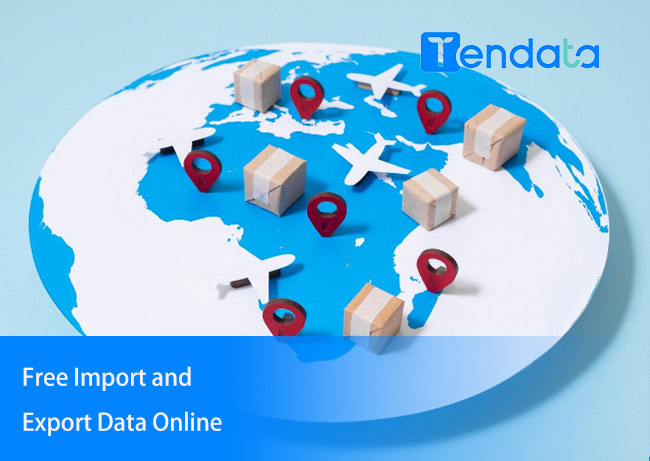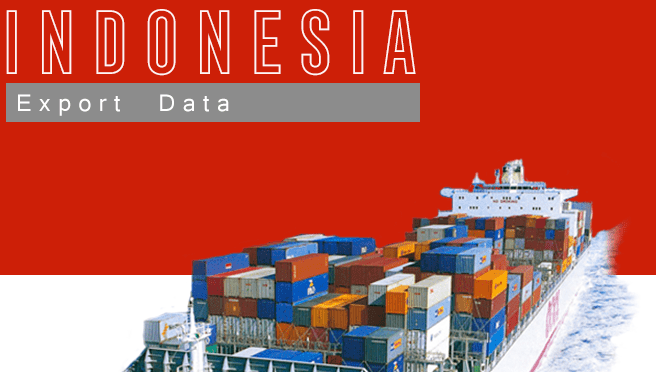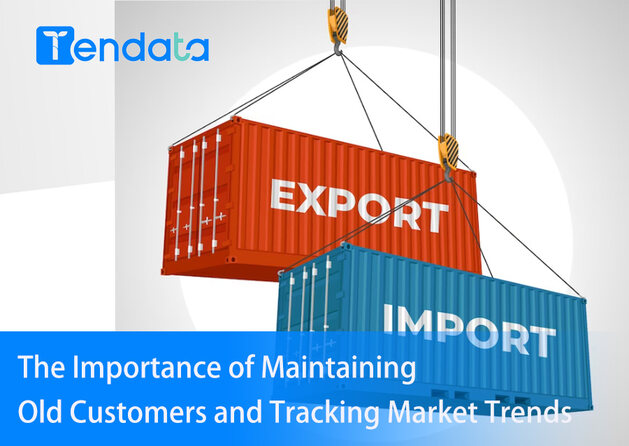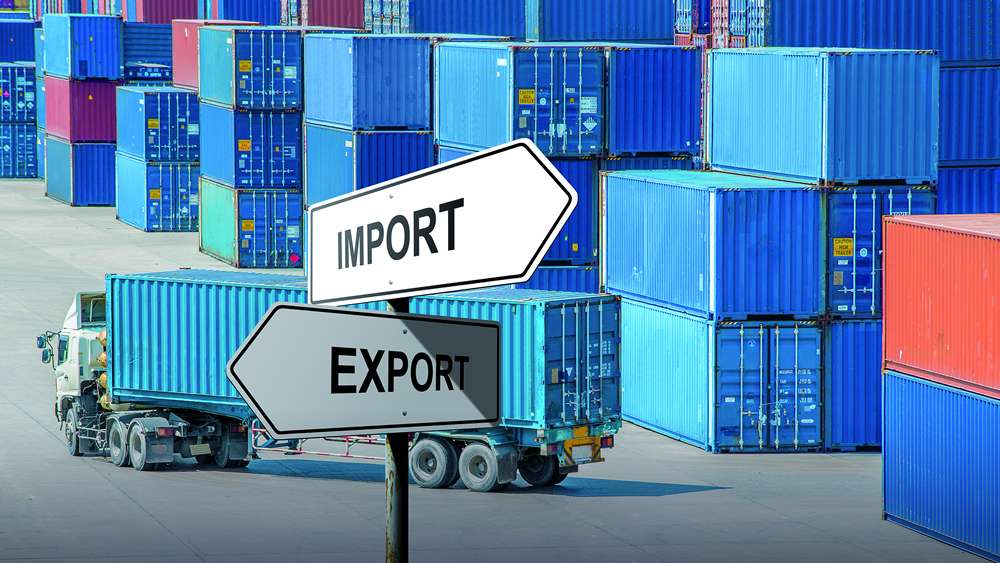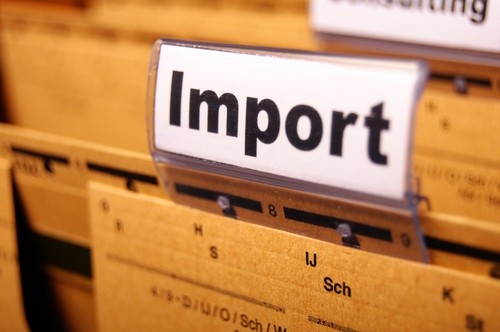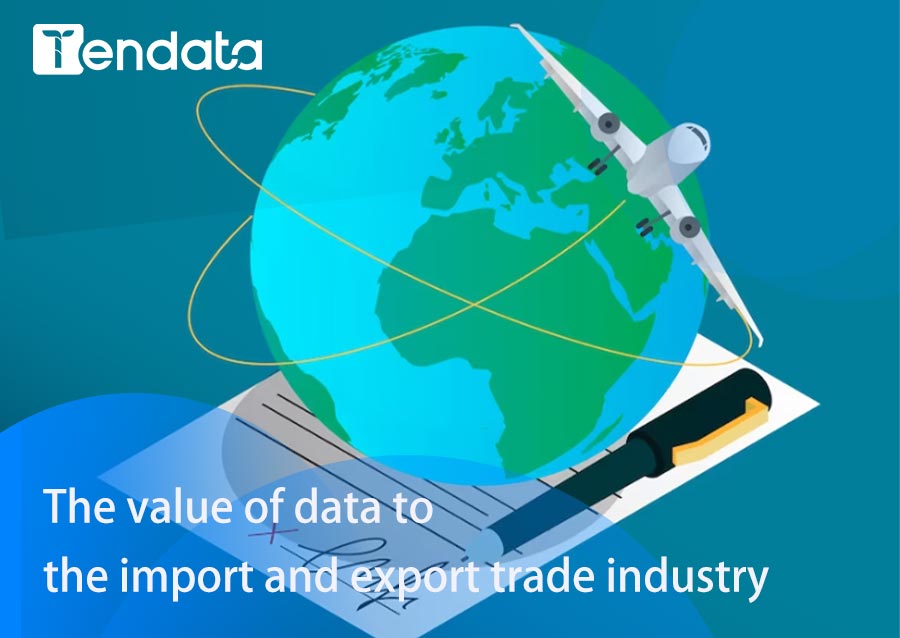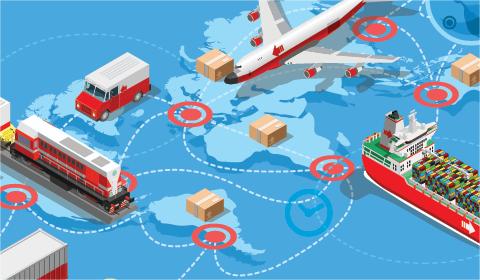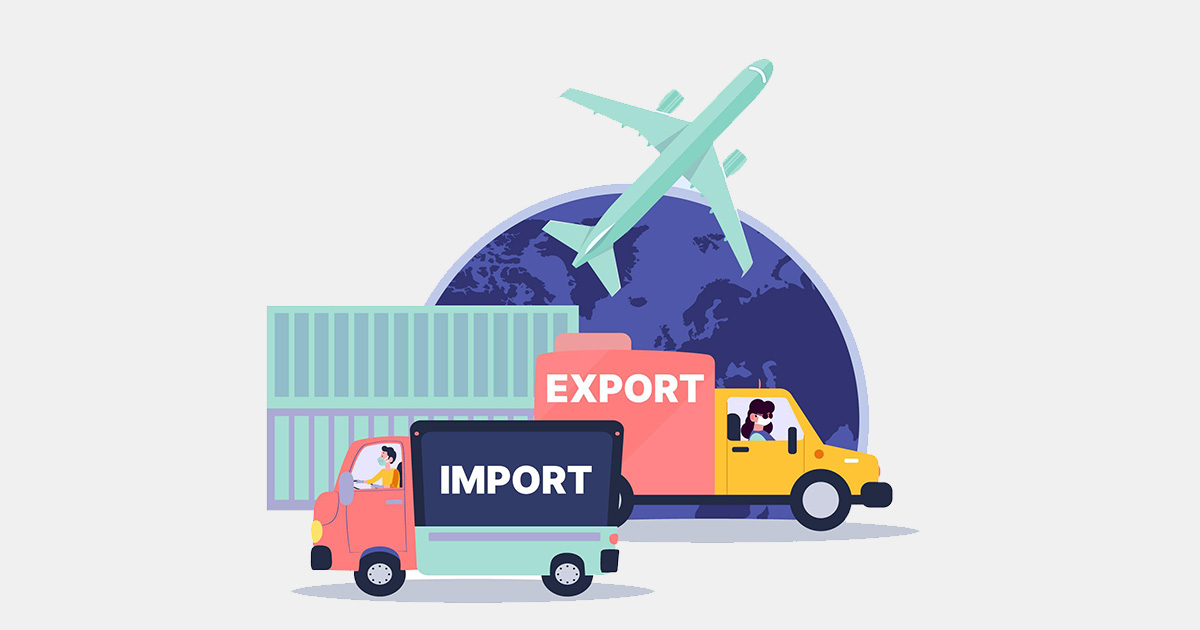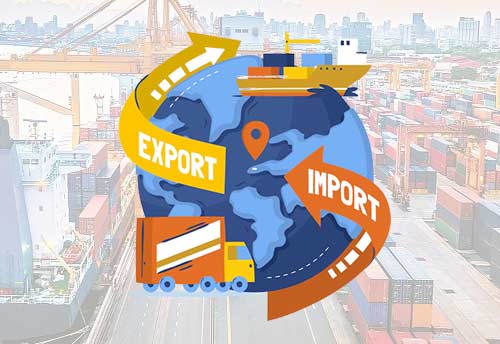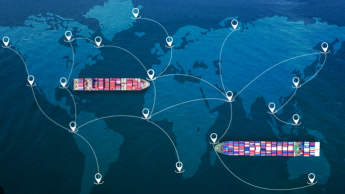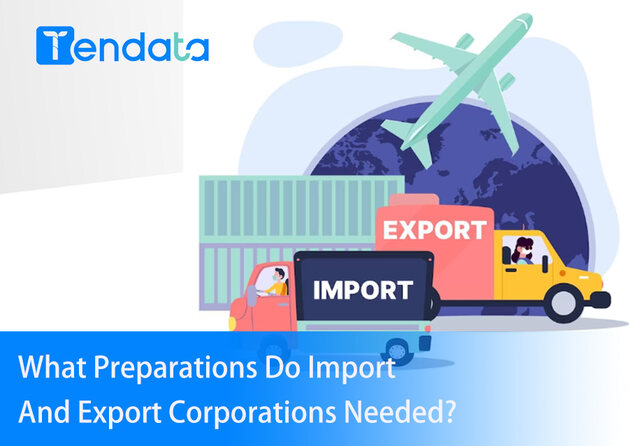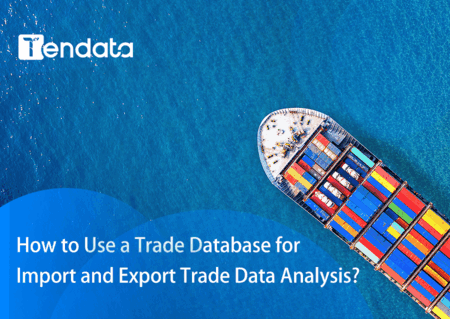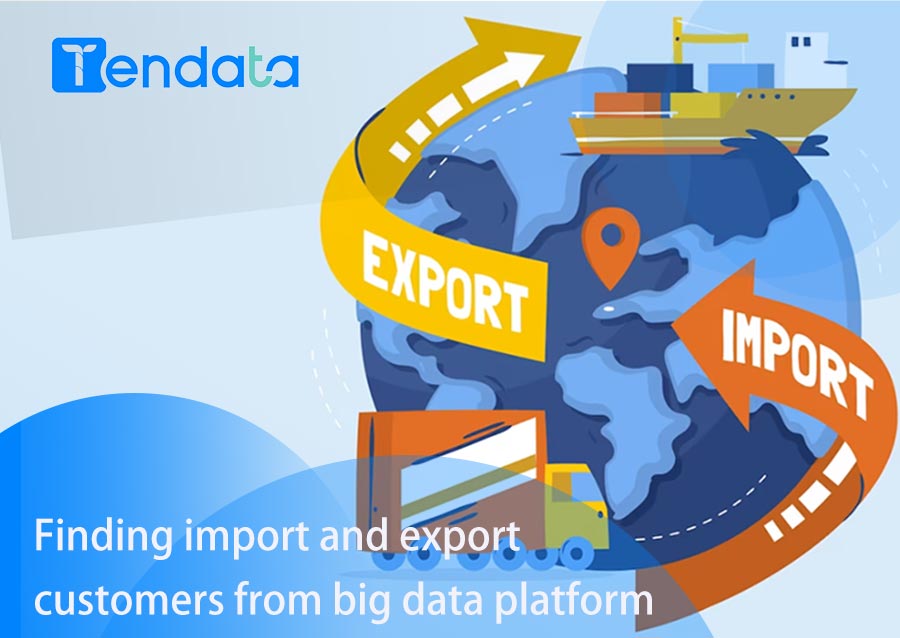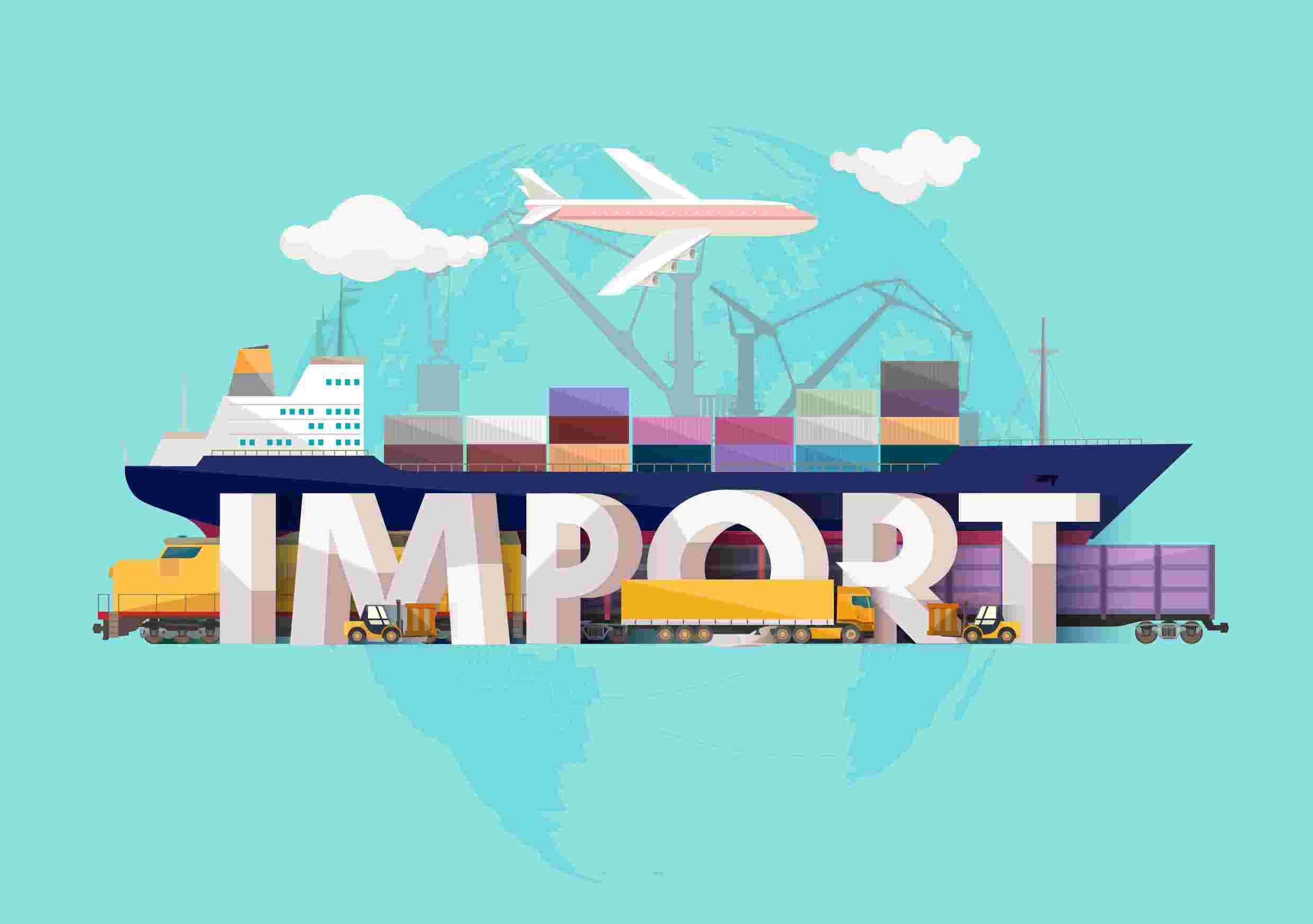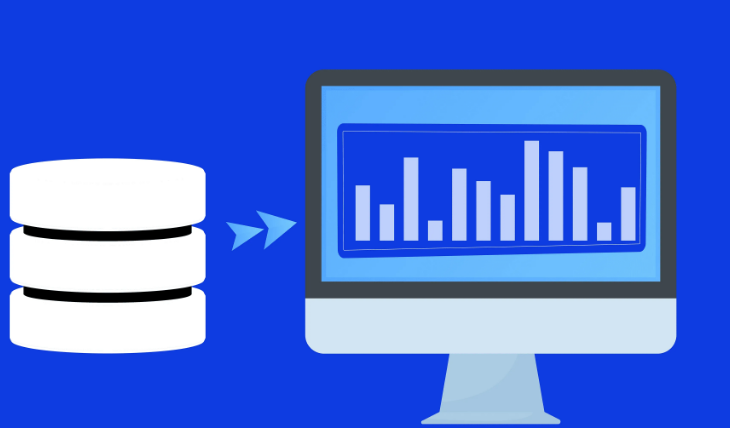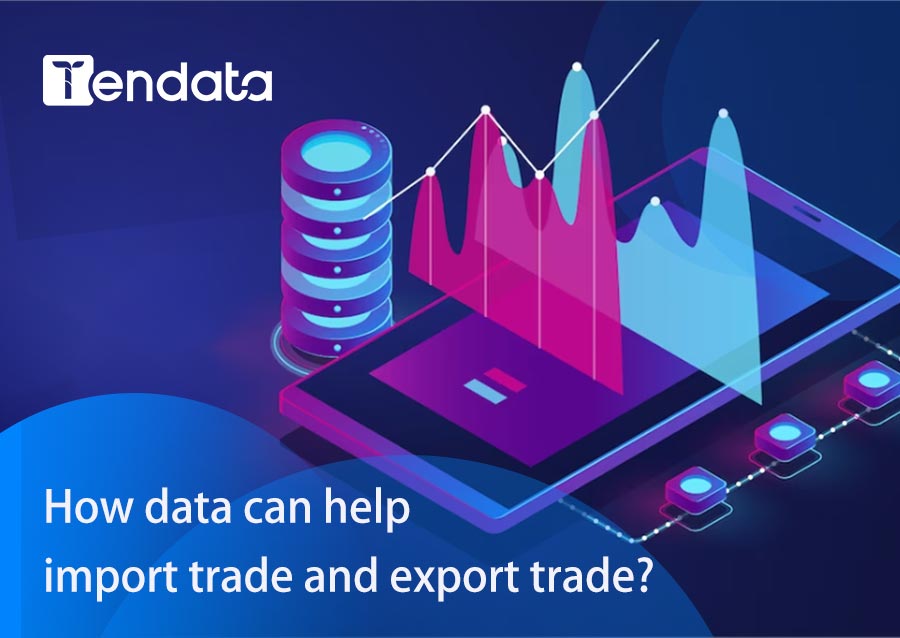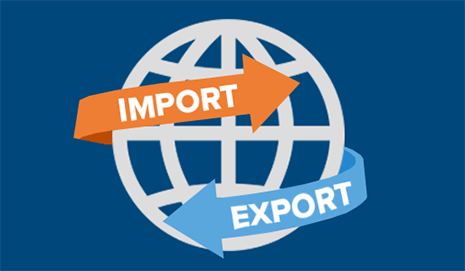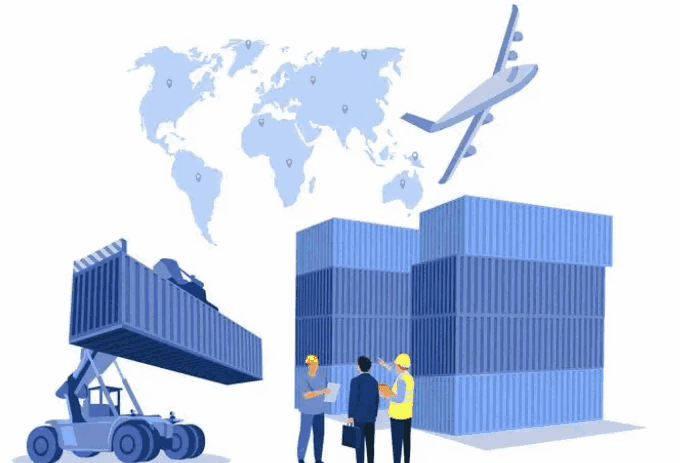 Trade Data Provider
Trade Data Provider
 2025-07-18
2025-07-18
A Shipping Data API enables real-time exchange of shipment and customs data between systems—such as ERP, TMS, or CRM—and external databases through programmable endpoints. It automates retrieval of shipment records, tracking details, customs entries, and trade flow metrics, eliminating manual lookups and ensuring data accuracy and timeliness.

Why Businesses Need Shipping Data APIs
1.Operational Efficiency & Automation
APIs eliminate manual shipping data entry—no more downloading Excel files or copying tracking numbers. Instead, shipment statuses, container movements, and customs logs are automatically fetched and synced .
2.Real-Time Shipment Visibility
Get instant updates on vessel positions, ETAs, container gate-in/out events, and transit anomalies. This consolidated visibility cuts reliance on siloed carrier portals.
3.Data-Driven Decision Making
With access to shipping volumes, origin-destination flows, transit times, and cost analysis, businesses can optimize routes, evaluate carrier performance, and proactively mitigate disruption.
4.Error Reduction
Automated address validation and standardized formats reduce errors tied to manual entry, reducing shipment delays and compliance issues .
5.Scalable Integration
APIs scale with business growth, allowing seamless integration with multiple carriers, platforms, and internal tools—no more paperwork bottlenecks.
How Shipping Data APIs Work
A typical workflow:
·Systems send a request (e.g., “Get tracking info for BOL X”).
·The API returns structured data—timestamps, location updates, customs clearance status, transport method.
·Data flows automatically into dashboards, alerts, or internal systems.
Carrier APIs (e.g., FedEx, Easyship) support shipment creation, rate calculation, label printing, tracking, and address validation.
Use Cases Across Industries
·Logistics & Freight Forwarders: Consolidate tracking and booking across carriers via unified dashboards .
·E‑commerce & Retail: Display live shipping costs and delivery ETAs on websites, improving checkout conversion .
·Import/Export Traders: Analyze shipping trends—volumes, routes, customs entries—to identify emerging markets or bottlenecks .
·Banks & Insurers: Validate trade documents and shipment histories programmatically for compliance and risk assessment.
Tendata's API Integration for Trade Intelligence
Tendata offers a clear and easy-to-integrate Customs & Shipping Data API, enabling businesses to build data-driven platforms, automatically enrich customer and shipment datasets, and integrate globally sourced trade data into CRM/ERP systems.
Key Features:
1.Reliable, authoritative data—covering 218+ countries and 10 billion records .
2.Flexible querying by HS code, carrier, route, port, and period.
3.Scalable technical setup with robust docs and support teams.
4.Enterprise-grade performance ensures security, encryption, and low latency.
Choosing the Right Shipping Data API
When selecting a provider, prioritize:
1.Data coverage (routes, countries, carriers)
2.API flexibility (filters, formats, endpoints)
3.Ease of integration (docs, SDKs, sandbox)
4.Reliability (uptime, security protocols)
5.Ongoing support & updates
Tendata checks all these boxes by offering high-quality customs/shipping records, powerful analysis tools, and direct access for seamless enterprise deployment.
Conclusion
Shipping Data APIs are transforming global trade by making logistics data automatic, transparent, and actionable—from real-time tracking to customs insights. For any business serving importers, exporters, carriers, or 3PLs, integrating such APIs reduces manual work, boosts visibility, saves cost, and supports strategic decision-making.
Platforms like Tendata elevate this automation by integrating trade-flow and customs intelligence into enterprise systems, empowering teams with a unified, data-driven view of global supply chain operations—across CRM, ERP, and analytics environments. In today’s fast-moving market, that edge is essential.
Category
Leave Message for Demo Request or Questions


 T-info
T-info T-discovery
T-discovery

 My
Tendata
My
Tendata Market Analysis
Market Analysis Customer
Development
Customer
Development Competitor
Monitoring
Competitor
Monitoring Customer Relationship
Customer Relationship